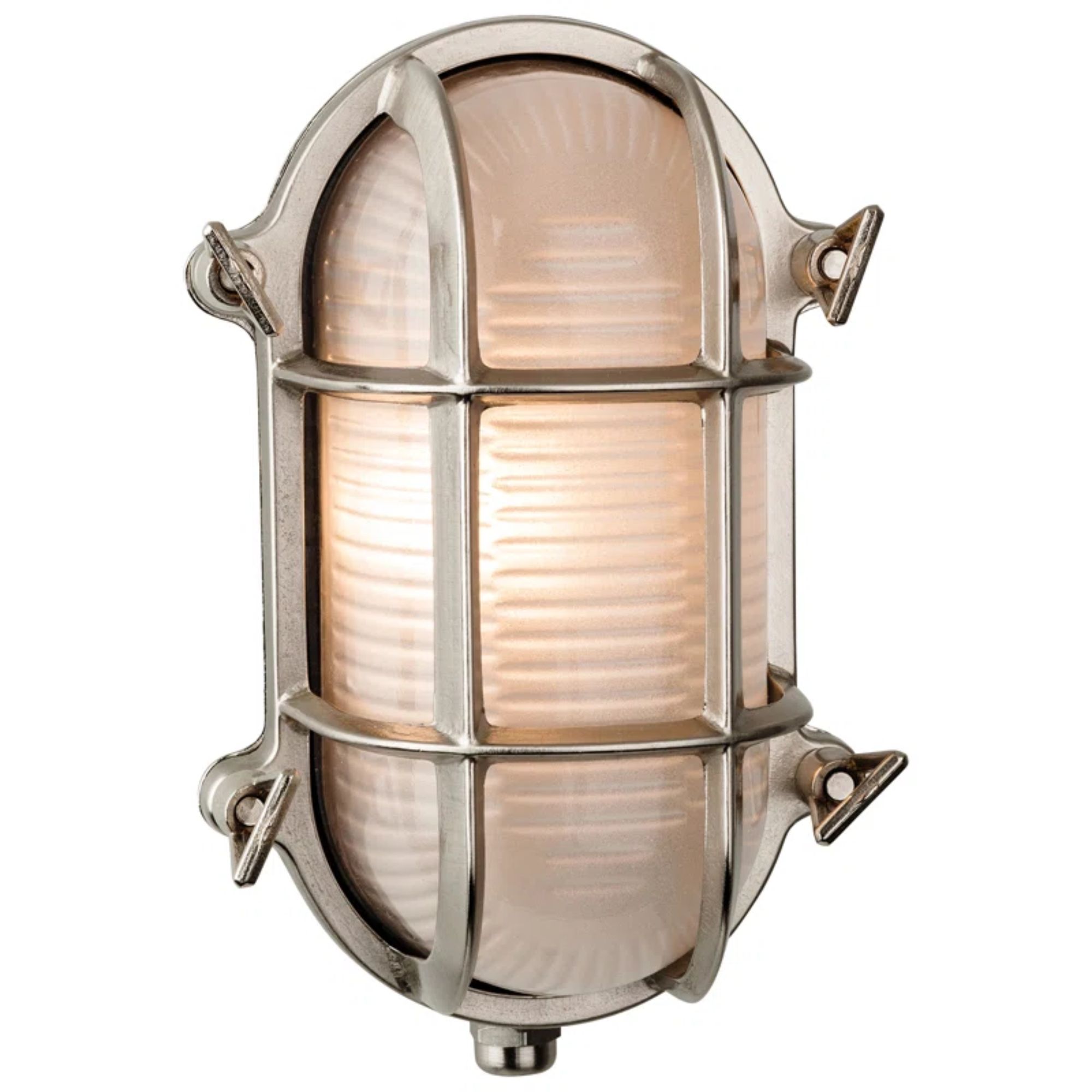These are the biggest mistakes homeowners make when designing a porch — and how to avoid them
From mismatched designs to overlooked security, these common porch slip-ups could be undermining your home’s entrance
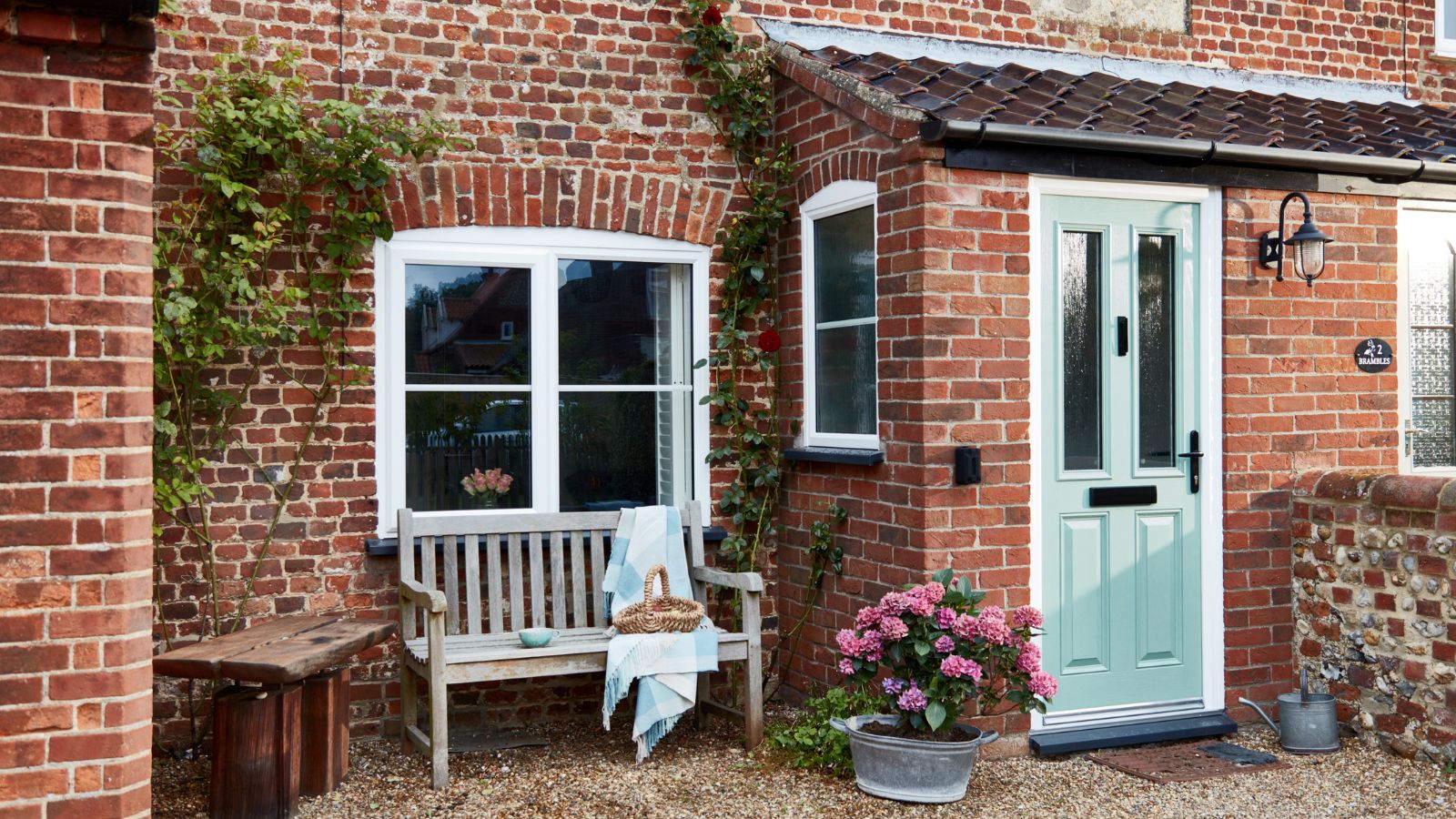
It’s the first thing visitors notice and the last space you pass through each day, yet the porch remains one of the most overlooked elements of home design. Done well, it can frame your home and play a vital role in creating lasting kerb appeal. But get it wrong, and it can throw off the entire front of your home.
From clashing materials and awkward proportions to poor lighting and flimsy security, even minor misjudgements can compromise the overall look and feel of your porch ideas. So how do you get it right? We asked leading experts to share the most common pitfalls they see time and again, along with practical advice on how to avoid them.
9 Porch Mistakes Homeowners Make Time And Again
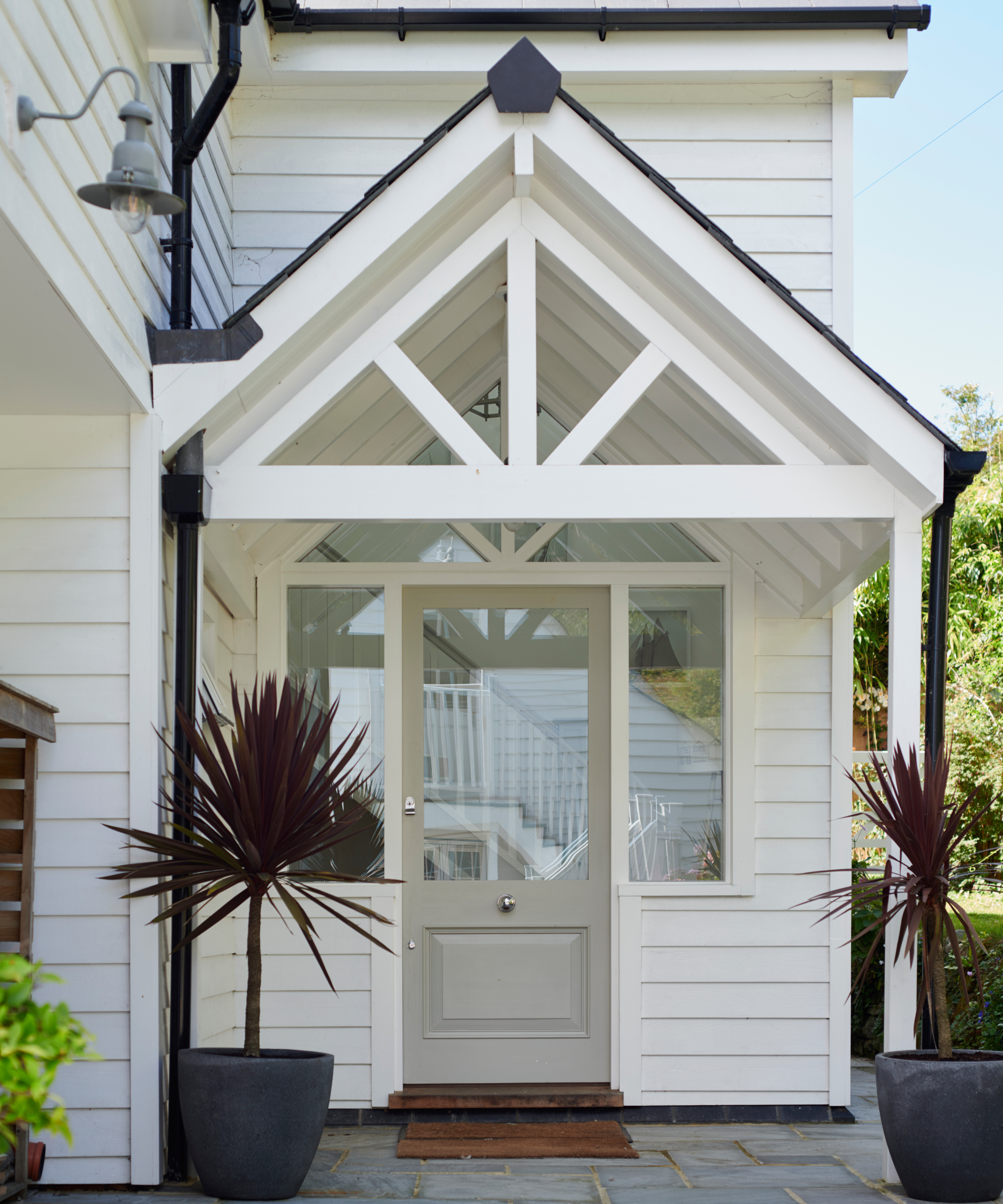
1. Mismatched designs that clash with your home
One of the most common – and easily avoided – porch mistakes is a design that bears no relationship to the house it fronts. While it may be tempting to opt for a bold or decorative structure, a porch that ignores the architecture of the main building can appear disjointed, even if it was a significant investment.
“The most common mistake a homeowner is likely to make when it comes to the design of their porch is not considering matching the design of their porch with the existing architecture of the home,” explains Rachael Munby, chief marketing officer at Anglian Home Improvements. “A porch should complement the house’s style to look like an intentional addition rather than something ‘tacked on.’”
Whether your home is a 1930s semi or a contemporary self-build, the materials, proportions and roofline of your porch should be in keeping with the property’s original character. Ignoring these elements not only interrupts visual cohesion but can reduce the overall impact the entrance has on kerb appeal. Matching bricks, echoing existing window details or continuing the roof pitch are simple but effective ways to ensure the porch sits in harmony with the rest of the house.

Rachael Munby champions innovation and quality in composite doors and windows. Under her direction, Anglian upholds its reputation as the home improvement leader, blending rigorous standards with pioneering products. She drives the company’s proud commitment to British manufacturing and exceptional customer satisfaction.
2. Offering too much style over substance
“Another issue is going the other way, prioritising aesthetics over functionality,” says Rachael Munby. “For instance, it’s important when you’re designing your porch to ask yourself if your space provides practical benefits, such as boot room storage, added security or improved energy efficiency?”
When planned with care, a porch can provide a useful spot for storing coats and shoes in colder months, or space for garden gear through the summer. Thinking about how it will be used throughout the year can help shape a design that’s not only practical, but genuinely helpful on a day-to-day basis.
Bring your dream home to life with expert advice, how to guides and design inspiration. Sign up for our newsletter and get two free tickets to a Homebuilding & Renovating Show near you.
3. Using proportions that feel 'off'
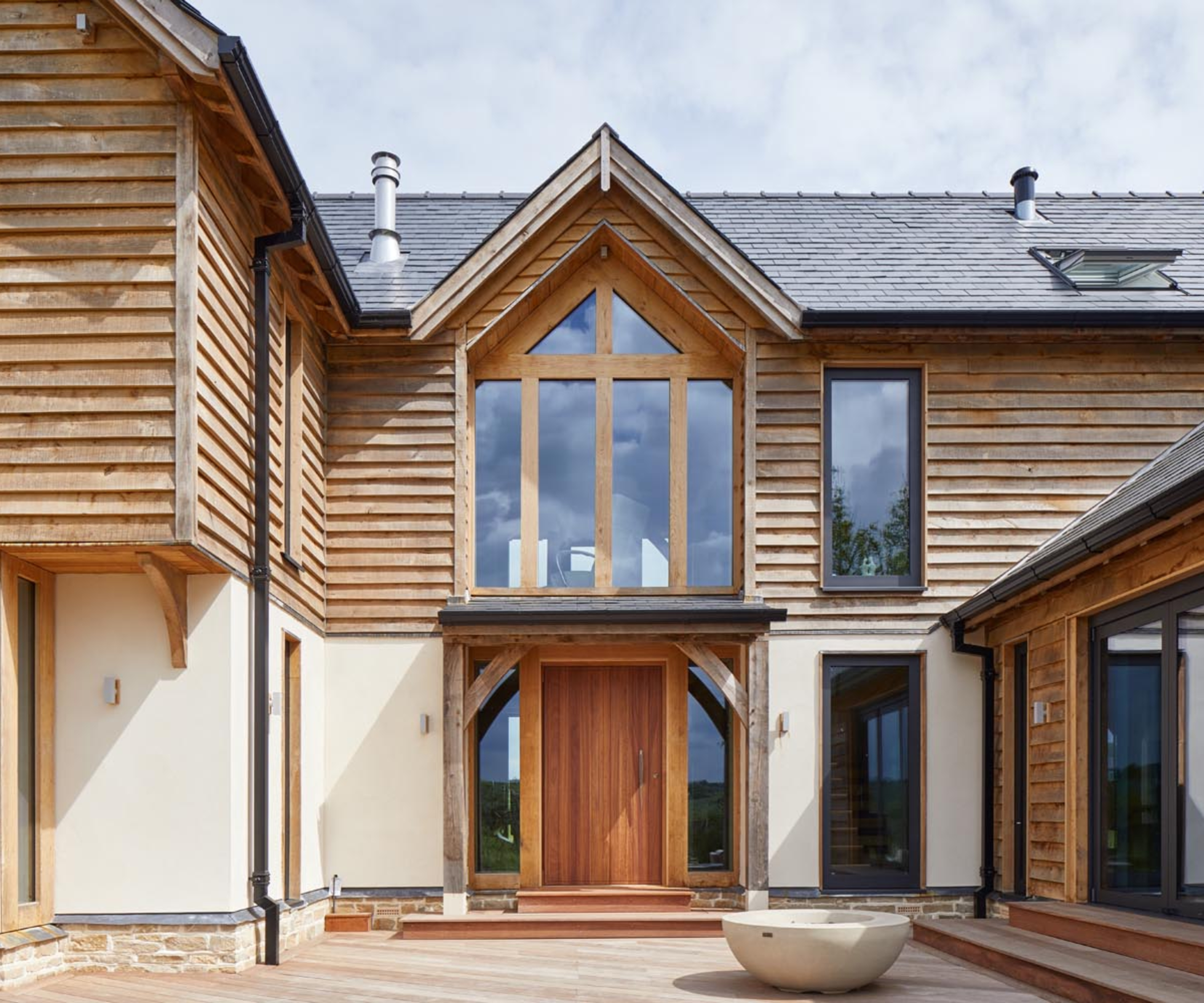
Striking the right balance between form and scale is essential if you want your porch to work. Misjudged proportions, whether too large, too narrow, or visually heavy, can make an otherwise well-built structure feel awkward or even intrusive.
“Your porch may appear slightly off to people if the columns or railings used are not in proportion with the size of the rest of your home,” explains Liam Spencer, owner of Northallerton Glass. “Similarly, porch furniture that is too big or too small can make things look out of proportion too.”
A common pitfall is opting for features that dominate rather than complement a house's existing façade. Oversized supports, decorative railings, or statement furniture can easily overwhelm a modest property, while undersized elements may look insubstantial against a larger frontage.

Liam has over a decade of experience in the glass processing and glazing industry and enjoys embarking on unusual and bespoke jobs as well as your standard glass merchant services.
4. Blocking natural light or views
While a porch can provide shelter and privacy, it should never come at the expense of light or visibility. “Poor porch planning can negatively affect usability as it may block the amount of light that is coming into your home,” explains Liam Spencer. “A darker home is not as desirable on the market compared to others, as natural light can make a property appear bigger and more inviting."
This issue often arises when a porch is added as an afterthought, without much consideration for how it connects to the rest of the building. An eave cutting across a window or a column placed in front of a key view can feel visually awkward, and may also block light or disrupt how the space works from indoors.
5. Installing lighting that’s all wrong
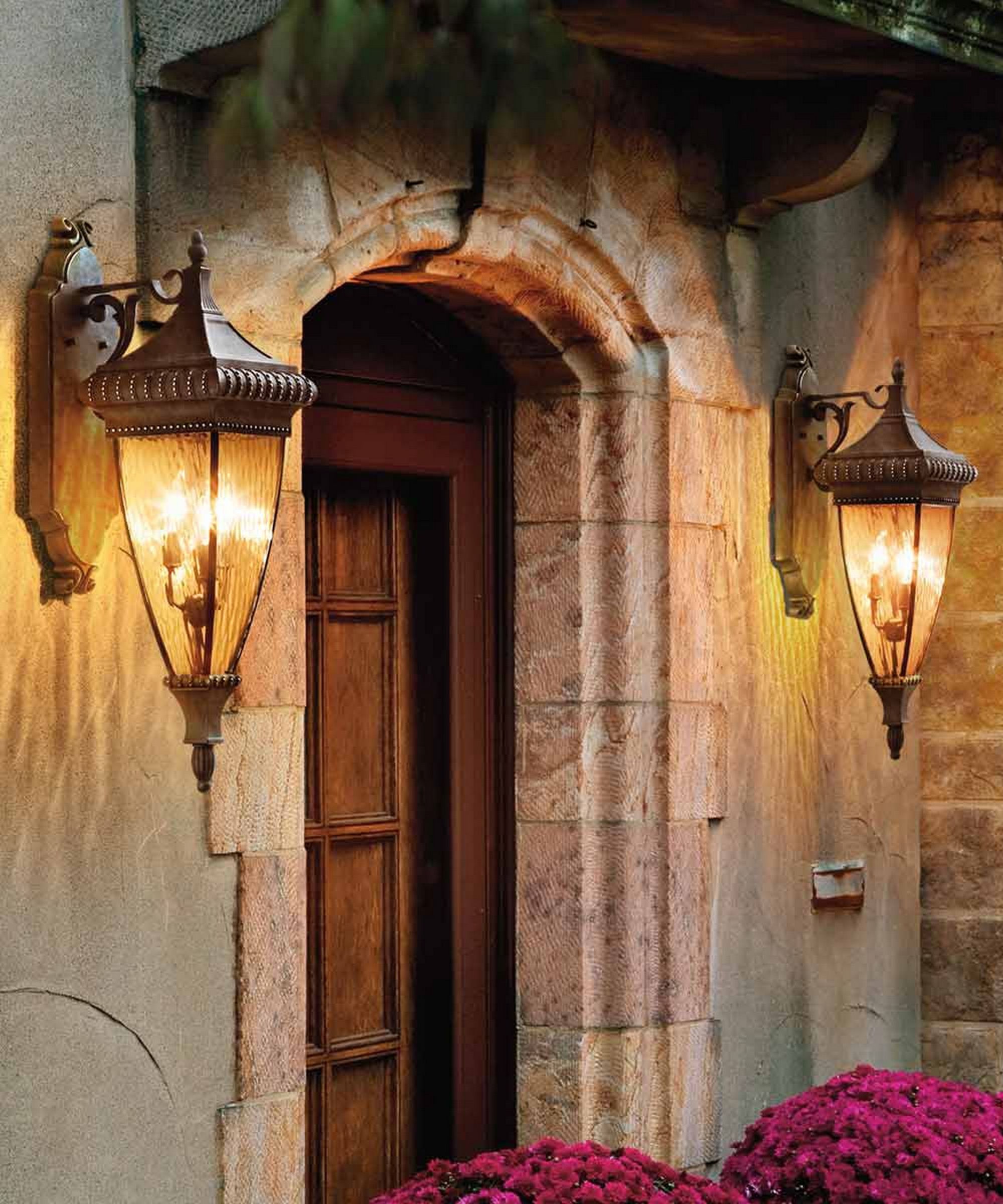
Light plays a vital role in how your porch functions and feels – especially during the darker months – yet it’s a detail that’s often overlooked or misjudged. Fittings that are too harsh, too dim, or poorly positioned can leave your home entrance feeling cold, uninviting, or even awkward to navigate.
“A common mistake with porch lighting is using fixtures that are too bright or poorly placed, causing glare and an uninviting look,” explains James Kendall, operations director at KES Lighting & Home. “To fix this, choose warm, softer bulbs and position lights to highlight entryways without shining directly into visitors’ eyes.”
Proportions are also important. Fittings that are too small can disappear against a broad façade, while oversized ones may dominate the space for all the wrong reasons. The size and style of your lighting should work in harmony with both the proportions of your porch and the character of your home.

This outdoor wall light offers a timeless take on the traditional lantern, with a classic rounded silhouette that suits both period and modern homes.

As Operations Director at KES Lighting, James offers expert advice on everything from statement chandeliers to designer lamps, helping customers find the perfect lighting for any project.
6. Giving no consideration to practical depth
While appearances matter, a porch also needs enough space to be genuinely useful – whether that’s for storage, seating, or simply room to move comfortably. One of the most common mistakes is making it too shallow, which can leave even a well-proportioned structure feeling cramped as soon as you step inside.
“If you want your porch to be more of a functional space instead of purely decorative, aim for it to be between six and ten feet deep,” recommends Liam Spencer. “This will be deep enough if you want to add furniture to the porch, but not so deep that it will block light to your windows.”
7. Giving no thought to landscaping
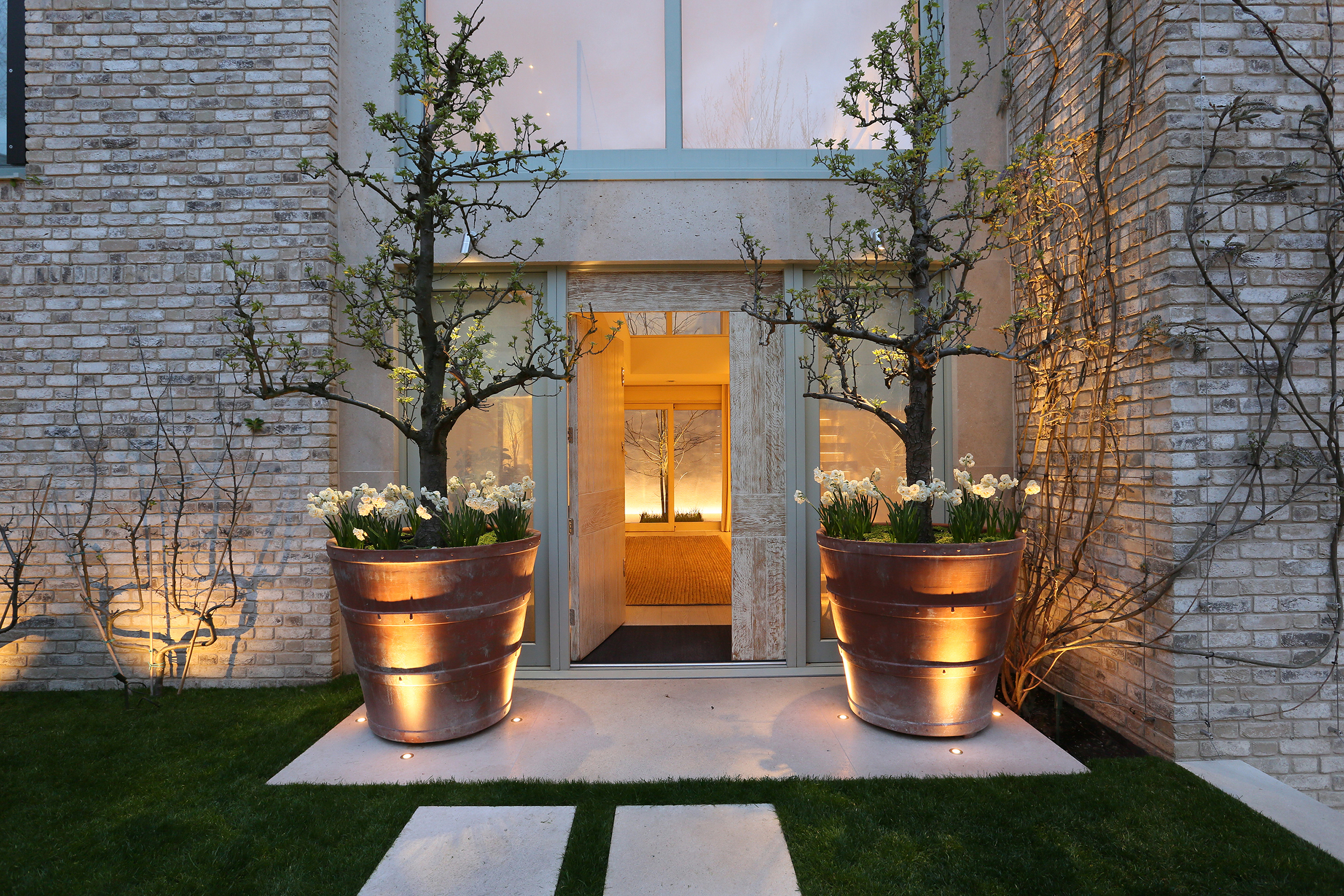
Another common oversight is treating the porch as a standalone feature, when in reality, the space around it – including paths, planting, and hard landscaping – is just as critical to getting the overall look right.
“I would recommend to always consider landscaping to help with both privacy and kerb appeal,” says Thomas Oldham, co-founder of UK Construction Blog. “Big rectangular planter boxes for a ground level porch, or potted bamboo for raised porches both work well.”
Without greenery or complementary materials to frame it, a porch can feel disconnected from the rest of the façade. Simple touches like gravel borders, low hedging or a well-placed bench can help ground the design and make it feel more intentional.

Thomas Oldham has 14+ years of experience in the construction industry and is the Co-founder of UK Construction Blog
8. Forgetting about home security
“Porches are a key point of vulnerability for homeowners and therefore should be the first point of call for security measures,” explains Anthony Neary, security expert at Safe.co.uk . “It is often believed that by having a porch, the home itself is much more secure. However, it is important to secure both doors with strong, high security locks, in particular, the outside door. Every external-facing door should have a quality deadlock or multipoint locking system, regardless of whether it’s behind a porch."
“Glass panels, although on trend and aesthetically pleasing, are another huge weak point for porches. Glass can be easily smashed as a means to break into the home, and if obscured by another entry way, can go unheard,” Neary continues. “Consider installing laminated or toughened glass for extra home security, or speak with a home designer on how this look can be achieved with security in mind.”
“Installing a video doorbell that covers both the porch and driveway is a smart move," he adds, "as it gives you visibility over who’s approaching your home and provides footage in the event of any suspicious activity."

Anthony Neary is the founder and security expert at home and business security retailers Safe.co.uk. With over 15 years of industry experience, he specialises in security solutions and how to keep properties safe.
9. Overlooking planning permissions
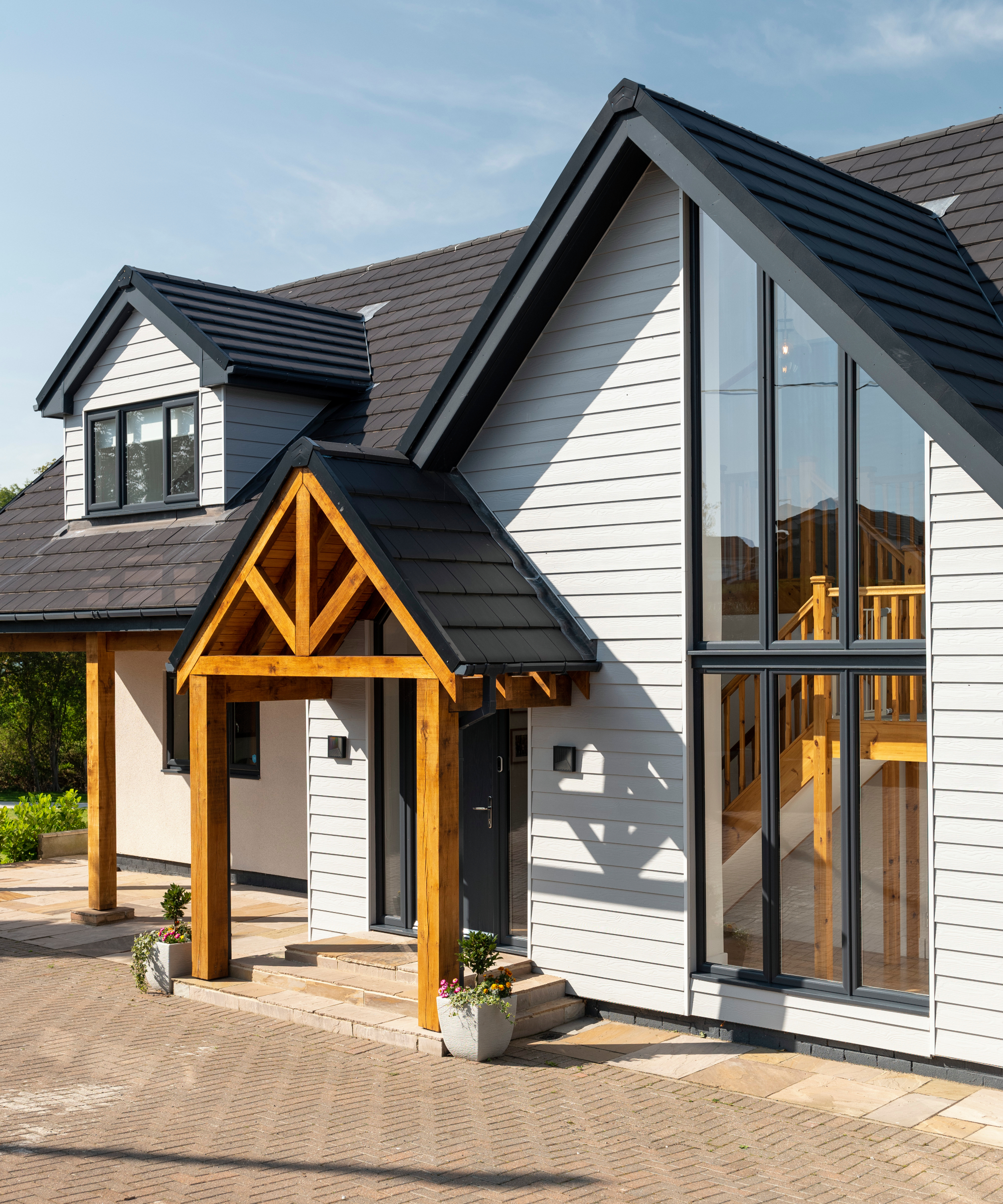
Last but not least, overlooking planning rules can be the most costly mistake of all. Many homeowners proceed with construction, only to find out later down the line that their porch breaches local regulations, which can delay a future sale or lead to expensive alterations (including removal).
Planning requirements will vary depending on the porch’s height, location, and whether the property is listed or in a conservation area. But even where porch planning permission isn’t required, building regulations may still apply, particularly for enclosed porches that affect insulation or access. Always check with your local authority before work begins. It’s a simple step that protects your investment and helps avoid complications later on.
Before finalising your porch designs, it’s worth considering how much a porch costs. Materials, layout complexity and permissions can all influence the price, so factor these in early to avoid unexpected expenses!

Gabriella is an interiors journalist and has a wealth of experience creating interiors and renovation content. She was Homebuilding & Renovating's former Assistant Editor as well as the former Head of Solved at sister brand Homes & Gardens, where she wrote and edited content addressing key renovation, DIY and interior questions.
She’s spent the past decade crafting copy for interiors publications, award-winning architects, and leading UK homeware brands. She also served as the Content Manager for the ethical homeware brand Nkuku.
Gabriella is a DIY enthusiast and a lover of all things interior design. She has a particular passion for historic buildings and listed properties, and she is currently in the process of renovating a Grade II-listed Victorian coach house in the West Country.

